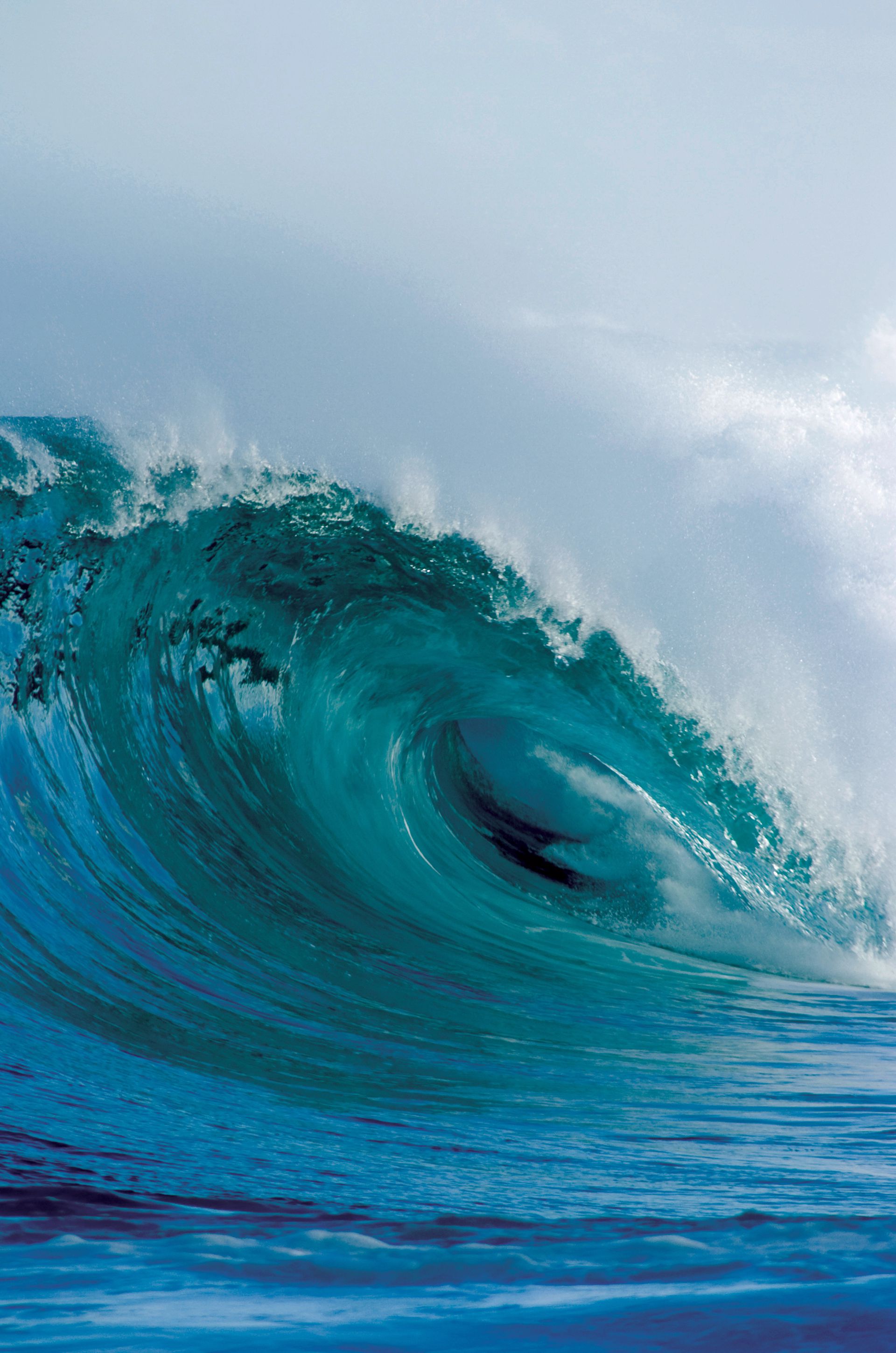As discussed in the previous two editions of this blog, offshore wind growth around the UK through ScotWind, Round Four, Celtic Sea leasing and others means that a vast increase of low-carbon energy is on the horizon. This is very much needed – and welcome – but with such large amounts of green energy, it is not simply a case of generating this and “plugging it in”.
The UK energy system is underpinned by a transmission network established when conventional sources of energy prevailed, and renewable and low-carbon energy formed a far smaller part of the energy mix. As recognised by government, there is a need to retain a centralised national transmission system but also to upgrade the distribution system to adequately support the energy mix of today, and tomorrow.
Electricity generated through renewable and low-carbon technology in Scotland has – and is – significantly growing, including the notable ScotWind leasing round announcement (comprising some 25 GW of potential generation, with further deployment to come through a clearing process). This is an undoubtable step in the right direction however there is a need to help deliver greener energy elsewhere in the UK to aid the wider decarbonisation of our energy system.
At the moment, there is limited strategic integration of Scottish and English energy systems; alongside onshore border networks to the east and west of the UK, ‘Western Link’ connects the west coast of Scotland with Wales, providing approximately 2.2 GW of interconnection capacity. This link is approximately 420 km long, and includes a substantial section of subsea cable. Developed jointly by ScottishPower Transmission and National Grid Electricity Transmission (NGET), Western Link can transfer enough renewable electricity to keep more than two million homes supplied.
In 2022, NGET and ScottishPower Transmission applied for consents for Eastern Link 1 (EL1), a major new 2 GW project which will transport electricity between East Lothian and County Durham, or vice-versa, as required. At the same time, NGET and Scottish and Southern Electricity Networks (SSEN Transmission) submitted applications for the second 2 GW link, Eastern Green Link 2 (EGL2) between Aberdeenshire and the East Riding of Yorkshire.
Collectively, the two links are the first of four proposed new high voltage direct current (HVDC) links between Scotland and England. In 2022, UK energy market regulator Ofgem approved, subject to consents, the Final Needs Case for both projects. In doing so, Ofgem confirmed that, having considered consultation responses and acknowledging the projected increase in renewable energy generation, ‘there remains a need for both links’.
Based on the current trajectory of the transmission system, the network of the future is one which will feature significant infrastructure allowing the transfer of green electricity around the UK. Beyond this, we can also expect to see the emergence of new, novel approaches to transmission, such as Multi-Purpose Interconnectors (MPIs). MPIs are an emerging feature of our energy system and whilst there is no operational MPI in the UK, they are essentially a combination of two relatively straightforward and well-understood concepts (interconnectors to share electricity between countries safely and reliably and export of renewable energy from offshore wind, and other potential sources of generation). National Grid Ventures is in the process of developing one such UK MPI – Nautilus – which is due to be submitted to the Planning Inspectorate Q2 2023.
As the pace of offshore wind deployment continues to gain momentum, it is vital that we give the transmission system the attention it needs and deserves - it is a critical underpinning aspect of our journey to a decarbonised energy system. On a daily basis, I work alongside Xodus colleagues in the UK and elsewhere to support the development of subsea transmission projects; whilst complex and challenging, they are one full of opportunity.
Ed Walker MEI MIEMA MIMarEST MCIWEM CEnv CMarTech C.WEM is a Principal Consultant working on a range of marine-power projects for Xodus. Please reach out to Ed directly via Edward.walker@xodusgroup.com
